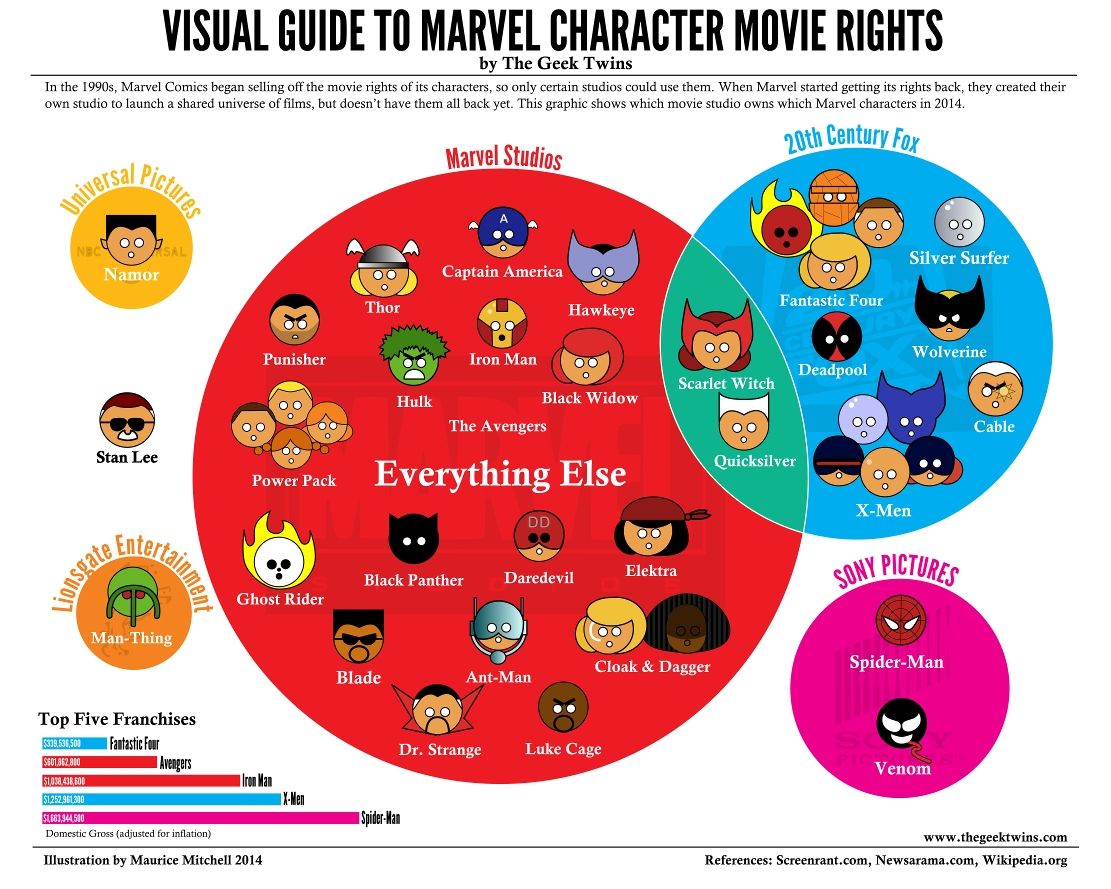
On July 15, 1965, NASA’s Mariner 4 probe flew within 6,118 miles of the surface of Mars, capturing images as it passed over the planet. The image data was transmitted back to scientists on Earth, but they didn’t have a good way to quickly render a photograph from it. They determined that the fastest way to see what Mariner 4 had seen was to print out the imaging data as a series of numbers, paste them into a grid, buy a set of pastels from a nearby art store, and do a paint-by-numbers job with the pastels on the data grid. The result (pictured above) was the first closeup representation of the surface of an extraterrestrial planet — in color, no less!
After the flyby of the planet it would take several hours for computers to process a real image. So while they were waiting, the engineers thought of different ways of taking the 1’s and 0’s from the actual data and create an image. After a few variations, it seemed most efficient to print out the digits and color over them based upon how bright each pixel was. So Mr. Grumm went to a local art store and asked for a set of chalk with different shades of gray. The art store replied that they “did not sell chalk” (as that was apparently too low for them, only convenience stores sold “chalk”), but they did have colored pastels. Richard did not want to spend a lot of time arguing with them, so he bought the pastels (actual pastels seen below), had the 1’s and 0’s printed out on ticker tape about 3in wide, and his team colored them by their brightness level (color key seen below).
Here’s a closer view of the pastels and numbers:

The choice of color palette was serendipitous:
Though he used a brown/red color scheme, the thought that Mars was red did not enter his mind. He really was looking for the colors that best represented a grey scale, since that was what they were going to get anyway. It is uncanny how close his color scheme is to the actual colors of Mars. It’s as if they came right out of current images of the planet.
Compare with the photography we’re getting from Curiosity these days; we’ve come a long way in the last 60 years. (via @jenniferrrrrroberts and robin sloan)
Tags: art astronomy Mars NASA space
![[*disables social networking accounts*] [*social isolation increases*] Wait, why does this ALSO feel bad? [*disables social networking accounts*] [*social isolation increases*] Wait, why does this ALSO feel bad?](https://imgs.xkcd.com/comics/phone.png)

